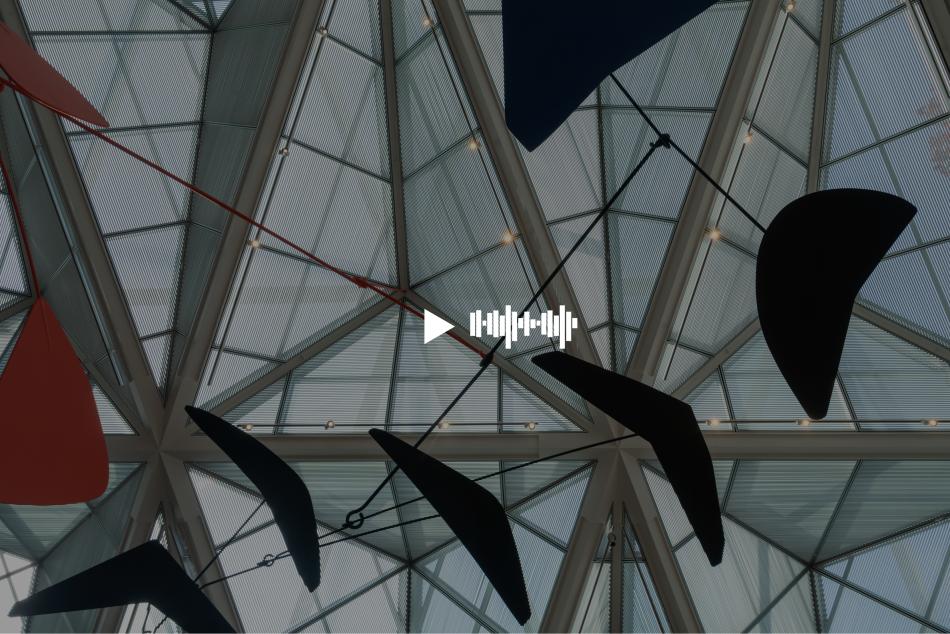NARRATOR:
Curator Nikolai Cikovsky, Jr.
NICOLAI CIKOVSKY:
“We’re standing in front of one of the Gallery’s great treasures . It’s a painting called Breezing Up. It was, when it was painted, a picture that was tremendously popular. It was exhibited in 1876. 1876 was, of course, the year of the American centennial—at a time when Americans were very keenly aware not only of their past, but also of the future. It was surely in that centennial mood that Homer’s painting acquired a special meaning—as these boys move, as it were, not only through the painting but into the future—particularly the boy in the rear, as a contemporary reviewer mentioned, looking ahead with such great expectancy.”
NARRATOR:
This picture is more complex than you might suspect. For example, Homer placed the boat, not in the middle of the picture, but far to the left, as though it’s moving through the painting. Positioned close to the viewer, it’s balanced on the right by the smaller boat in the distance. This kind of composition of large and small, near and far conveys a sense of balance without actual one-to-one symmetry; it’s a technique widely used in Japanese art. During the 1870s, when this picture was painted, Japanese art was popular among artists in Europe and America. Here, we see its influence on Homer’s work.
NARRATOR:
Curator Nikolai Cikovsky, Jr.
NICOLAI CIKOVSKY:
“Homer was born in Boston to old New England stock. Though Homer was largely self-taught as an artist he was a man of great artistic intelligence and great artistic alertness. And, I think, the Japanese aspects of this picture, which he would have absorbed, not by firsthand experiences in Japan, but from, as many other artists did, from Japanese prints which were widely circulated and collected in Europe and in this country. We often think of him as a sort of quintessential Yankee painter because of his upbringing, but he was much more than that, in this picture and throughout his long career.”



